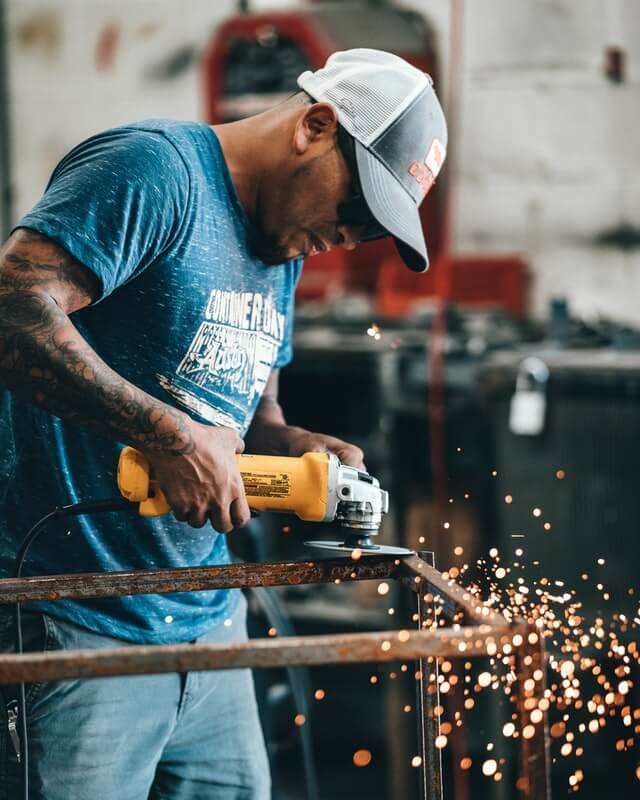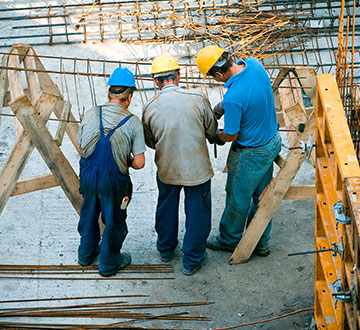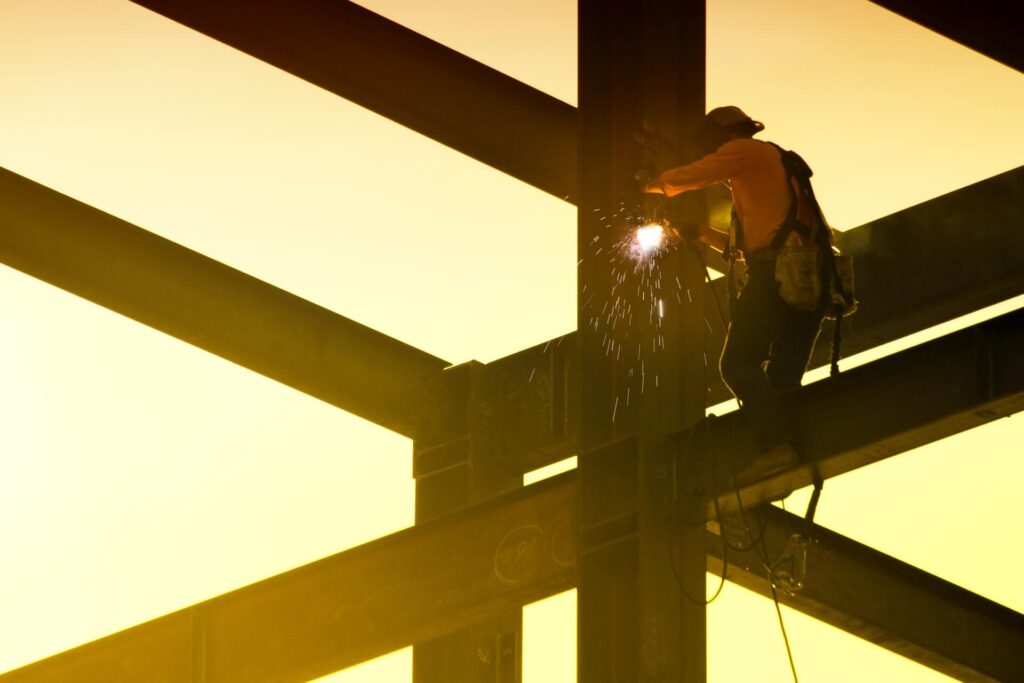Iron Workers looking for A few good hands. Apprenticeship continues to provide the only sure way to continue the highly skilled craftsmen who have the capabilities of coping with the scientific developments and technological changes, which are occurring, so rapidly in our present-day world. Apprentices have a long history dating back to ancient Greece when young workers entered a term of service, now called indentureship, to a skilled tradesman to learn his craft. Things are much the same today. Currently, an apprentice is an employee who learns a skilled trade through planned, supervised work on-the-job, while at the same time receiving related technical classroom instruction. Apprentices are required to sign an indenture agreement with their Joint Apprenticeship Committee/Trade Improvement Committee that spells out the requirements and expectations of an apprentice Ironworker. Apprentices are taught the proper use, care, and safe handling of the tools and equipment used in connection with their work and, of course, the important skills necessary to become a successful trades person. While working on-the-job and acquiring skills, apprentices are a regular part of the work force on whom contractors and co-workers rely. But remember that apprentices are also required to attend Ironworking school and complete the prescribed courses related to the trade in order to complement their on-the-job training. Apprentices will receive an evaluation about every 6 months to determine if they are learning the craft. If the on-the-job or school work is not satisfactory, they may be dropped from the program or sent back to repeat that segment of training. If, however, the work is good they will receive a pay raise. That’s right, pay raises usually occur every 6 months!


Most Ironworker apprenticeships last 3 or 4 years depending on the Local Union requirements. An ideal schedule provides equal training in structural, reinforcing, ornamental, welding, and rigging. The actual length of training for each subject may vary depending on the predominant type of work available in the local area.
Apprentices are required to receive at least 204 hours of classroom and shop instruction during every year of training. The subjects taken in the shop and classroom complement the hands-on training received in the field. The subjects include blueprint reading, care and safe use of tools, mathematics, safety issues, welding and oxy-acetylene flame cutting.
An ironworkers’ education does not stop when his or her apprenticeship ends. Journeyman ironworkers are eligible to take advanced courses.
Experienced ironworkers can become certified welders, advance to foreman and superintendent and can become leaders in their local union.
Apprentice Coordinators:
Local 22 Indianapolis, IN Ken Haggard
Local 44 Cincinnati, OH Rob Barker
Local 70 Louisville, KY Ryan Terry
Local 147 Fort Wayne, IN Joe Strack
Local 172 Columbus, OH Jeremy Gilpen
Local 290 Dayton, OH Patrick Moharter
Local 292 South Bend, IN Charles Novacek
Local 769 Ashland, KY Michael Blakeman
Local 787 Parkersburg, WV Brad Winans
